RD-E: 0901 - Billiards (Pool)
A pool game is modeled to show the transmission of momentum between one impacting ball and 15 impacted balls.
The purpose of this example is to investigate the transmission of momentum between several balls. Contact with the various interfaces using the Penalty and Lagrange Multipliers' method is analyzed.
Options and Keywords Used
- 16-node thick shell and sphere mesh (/PROP/TYPE20 (TSHELL))
- TYPE7 interface using the Lagrange Multipliers method and the Penalty method (/INTER/TYPE7)
- TYPE16 sliding and tied interface, and quadratic surface contact (/INTER/LAGMUL/TYPE16)
- Elastic shock
- Momentum transmission and shock wave
- Initial velocities (/INIVEL)
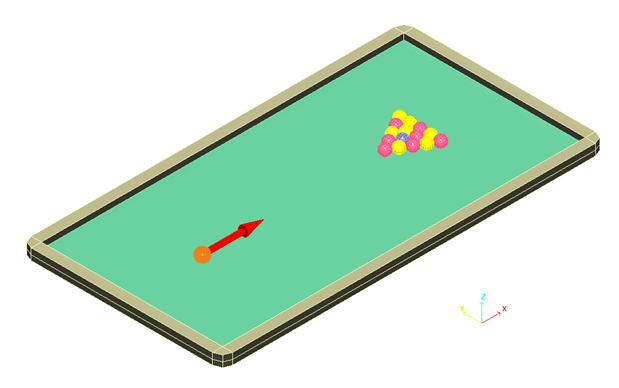
Figure 1. Initial Translational Velocities of the Impacting Ball
All nodes of the lower face of the table are completely fixed (translations and rotations).
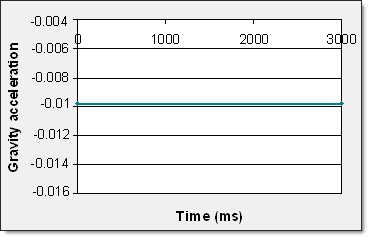
Figure 2. Gravity Function (-0.00981 mm.ms-2 )
Input Files
- Billiard_game/Interface_16
- <install_directory>/hwsolvers/demos/radioss/example/09_Billiards/Billiards_model/BILLARD*
Model Description
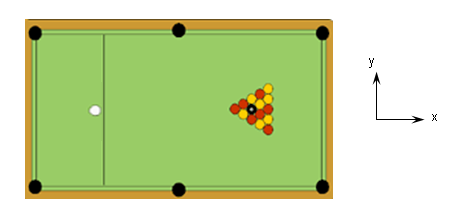
Figure 3. Pool Game
Units: mm, g, N, MPa.
- Material Properties: Balls (pheonolic resin)
- Initial density
- 0.00137 g.mm-3
- Young's modulus
- 10500
- Poisson ratio
- 0.3
- Material Properties: Frame (polymer)
- Initial density
- 0.001 g.mm-3
- Young's modulus
- 1000
- Poisson ratio
- 0.49
- Material Properties: Plate (slate)
- Initial density
- 0.0028 g.mm-3
- Young's modulus
- 62000
- Poisson ratio
- 0
Model Method
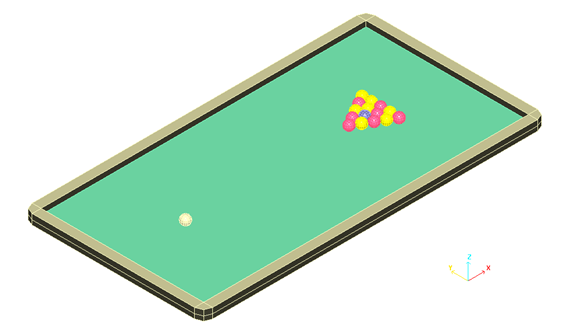
Figure 4. Pool Game Mesh
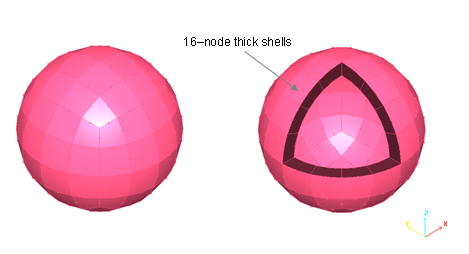
Figure 5. Mesh for Balls
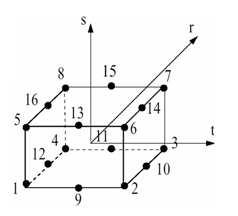
Figure 6. 16-node Thick Shell Element
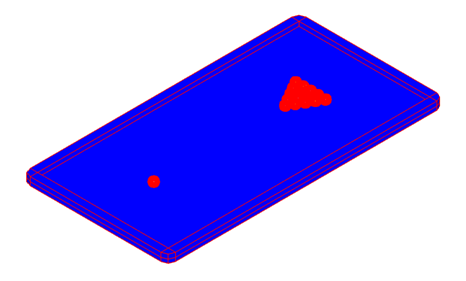
Figure 7. TYPE16 Interface: Secondary SHEL16 for Balls and Main SHEL16 for the Table
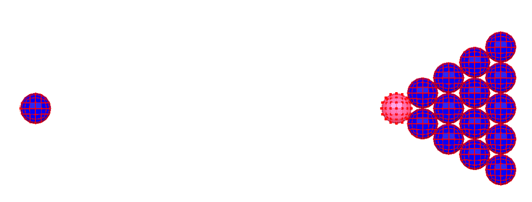
Figure 8. Example of the TYPE16 Interface Defined for the Contact Between Balls
Secondary nodes (red) are extracted from the external surfaces of the parts.
Results
Curves and Animations
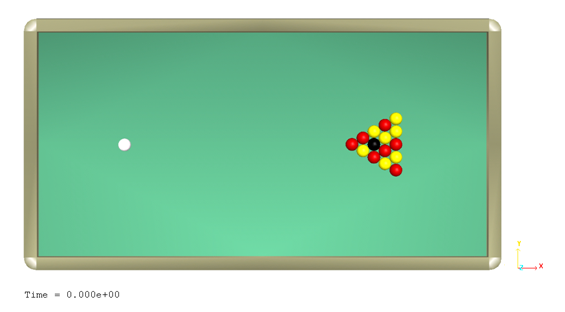
Figure 9.
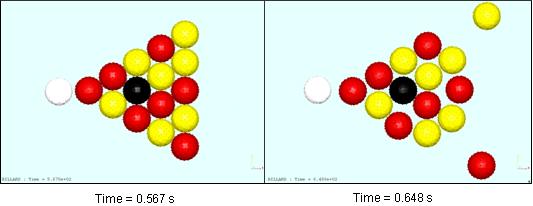
Figure 10. Collision of the Balls
 |
 |
 |
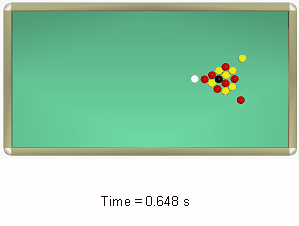 |
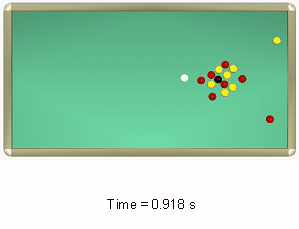 |
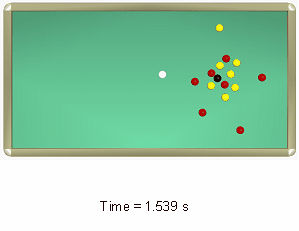 |